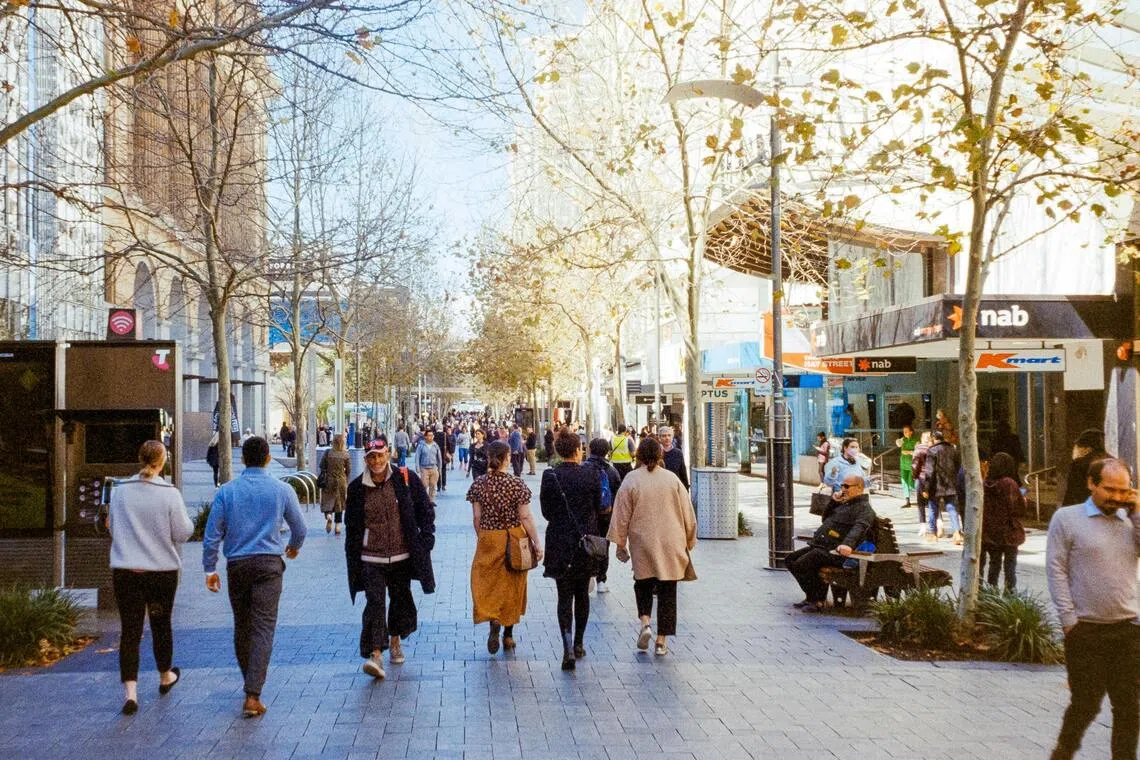More Australians working into their 70s in retirement rethink
Sign up now: Get ST's newsletters delivered to your inbox

This shift comes against the backdrop of Australia’s A$4.3 trillion (S$3.7 trillion) pension system.
PHOTO ILLUSTRATION: PEXELS
Follow topic:
CANBERRA – More Australians are shunning retirement norms, working well into their 70s as part of a growing wave that researchers have labelled “ageless workers”.
A quarter of all men are still working at age 70, an increase from one in 10 men some two decades ago, KPMG retirement analysis released on Sept 17 shows.
“Even for men in their late 70s, almost one in 10 remains in the labour force,” KPMG urban economist Terry Rawnsley said.
The participation rates for women in their 70s are still about half that of men, he said, but that figure is increasing.
The trend is pushing today’s 50-year-olds to plan to work longer before they can retire.
The expected retirement age for men has climbed to 67 – up 2.2 years since 2014-2015, according to KPMG.
For women, it now stands at 65.3 years, an increase of 1.1 years over the same period.
Australians qualify for the government pension at age 67.
Globally, the normal retirement age – when individuals can claim full benefits without penalty – is set to rise in more than half of the 38 countries in the Organisation for Economic Cooperation and Development.
This shift comes against the backdrop of Australia’s A$4.3 trillion (S$3.7 trillion) pension system, the fastest-growing retirement savings pool in the world and ranked among the top globally.
Despite its scale, Australians remain deeply anxious about running out of money in retirement, especially as the cost of living continues to rise.
Mr Rawnsley said the growing number of “ageless workers” is a trend that existed prior to cost-of-living pressures, suggesting a structural change was in play. The rise in the number of white-collar workers, whose less physically demanding roles allow them to stay in the workforce longer, may help explain the dynamic, he said.
“The adoption of working from home has made many older Australians in professional jobs realise they can ‘semi-retire’ and continue dabbling in the workforce part-time,” he said. BLOOMBERG

